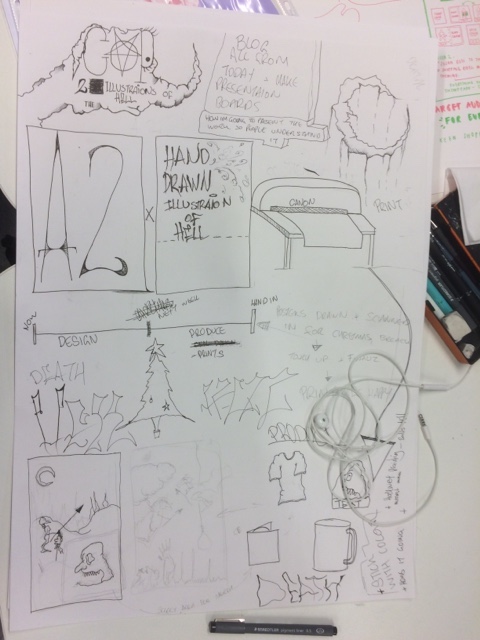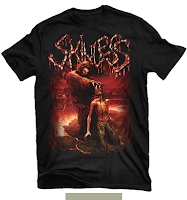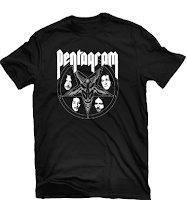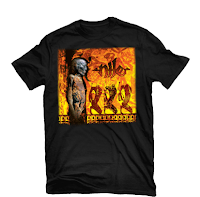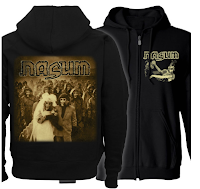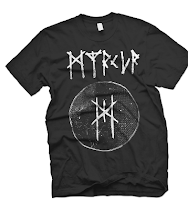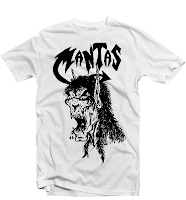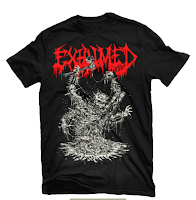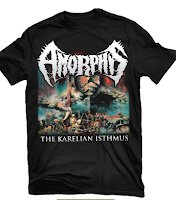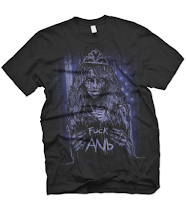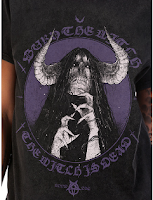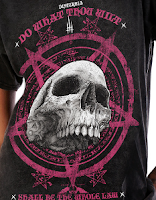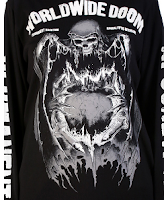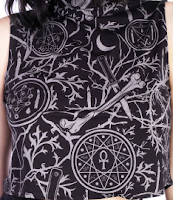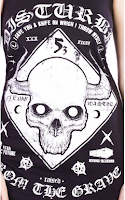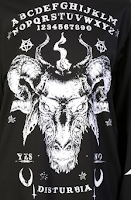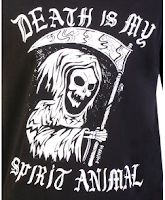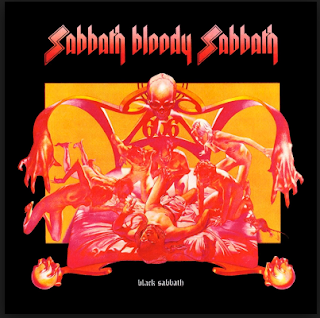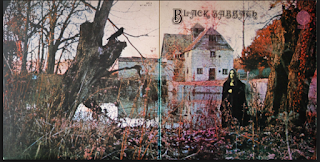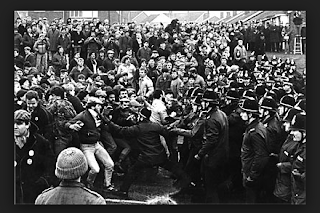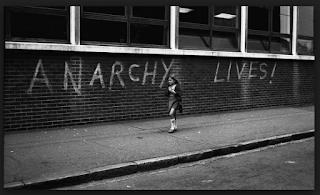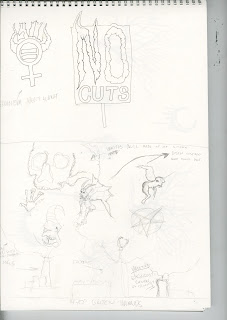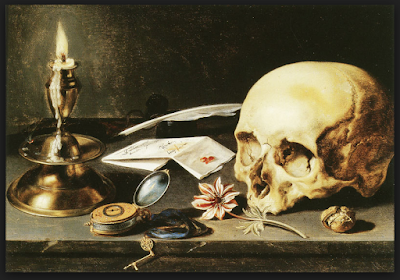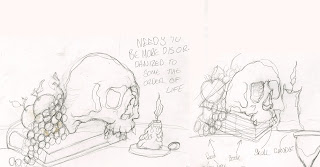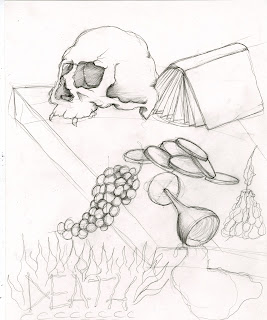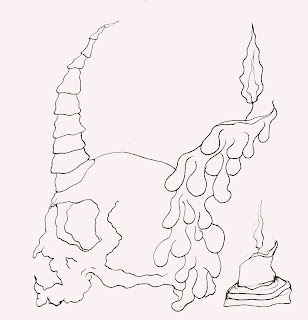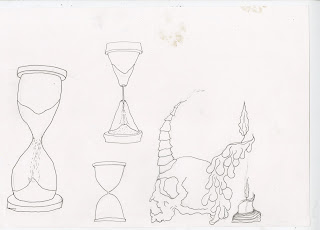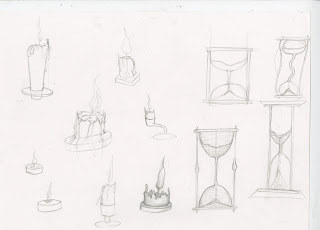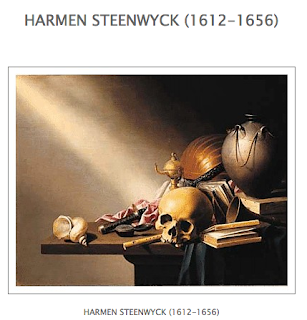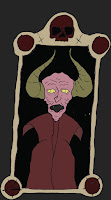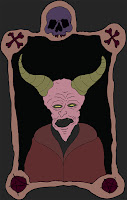Vanitas
My research of historical religious art led me a style of art called Vanitas.
http://www.collinsdictionary.com/dictionary/english/vanitas
noun
a type of Dutch symbolic still life painting common in the 16th and 17th centuries
Morbid, Death , life is fleeing, limited time we have on earth, fleeting , selfishness, mortality,
Beautiful morbid scenes
Skulls - show death
Clocks, pocket watches, nearly burnt out candles - fleeting time
Food - things we should of eaten or have eaten
Books- what we should or wanted to have read
Vanitas is a type of still life painting that was done in the 16th and 17th centuries. It is done to remind the viewer that they will die and life will come to a end. They are seen as morbid as the content shows the vanity in life and then it ends. The paintings included images of items that would show items to represent the fleeting time we have on earth. Painted by masters most of the paintings where beautifully painted and each item had great care and time in creating and arranging them on the canvas even if the message is of a subject we tend to hide away from they are still incredible works of art and a great way to document life.
http://www.tate.org.uk/learn/online-resources/glossary/v/vanitas
https://www.britannica.com/art/vanitas-art
Information about the where and when the style of painting came from, also the content that the paintings would contain.
 |
David Bailly
1651
Oil on wood, 65 x 97,5 cm |
This one by Bailly is rare as it contains a a portrait of the artist but from about 40 years before when he was much younger, maybe this is vanity of a self conscious level trying to maintain your younger self.
I feel this could be a good way in todays world to attach messages to in a visual way, you could add our fragile world with the current damage we are inflicting on it for our own selfless lives, the NHS could be well documented in this style with the current cuts and attempts to privertes it by our shameless government. These are just a few quick examples of how this style of still life could be put to modern use and i should try to experiment with these.
I can also see how you could document your life onto these style of illustration.
Please note that scholars are still arguing
about many of these "meanings". Here is a list of common objects
found in "vanitas" paintings and their meaning:
·
Skull: Death,
this is a clear memento mori message
or the transience of life, a universally recognized symbol of death.
·
Watch or
hourglass: time is limited and is passing, therefore, use it wisely.
See a typical one-handle XVII century watch at the lower right of the photo.
·
Books: Human
knowledge and its temporary nature.
·
Artist’s
instruments e.g. Palette, brushes, easel: Indulgence in the
arts, very few could afford to be painters let alone patronize the arts.
·
Shell: they
were normally exotic ones not commonly available in the Netherlands. They were
a symbol of the vanity that comes with wealth, as these were exotic items at
the time, only a very wealthy person would have one of those.
·
Insects,
decaying flowers: transience of life. They were inserted in
paintings depicting expensive objects as a reminder that life is temporary and
moral considerations deserved more attention than material things.
·
Broken or
tipped over glassware: transience of life or life is fleeting.
·
Musical
instruments: indulgence of the senses as a luxury. Sometimes they
are present as artistic inspiration, as music would inspire artists.
·
Silk or
velvet tablecloths: vanity, as these were expensive things. Silk
being the ultimate fabric material and purple the most expensive dye, hence the
Roman emperors wore purple tunics.
·
Oriental rugs
or carpets: These were prohibitively expensive items,
carpets were placed on tables to avoid stepping on them and causing decay in
their colors or integrity. They were a symbol of wealth but also a sign of
pride as they were items brought into the United Provinces through
trade and commerce.
·
Jewelry,
clothes or mirrors: remember the temporary nature of beauty, wealth and wisdom.
Earthly riches are temporary and therefore life should be carried out according
to the modesty traditions that were in place at the time.
·
Mirror: a clear
symbol of the vanity that should be avoided.
·
Jars: Stoneware
or porcelain were used for water or oil, both substance sustain life at the
time.
Please note that scholars are still arguing
about many of these "meanings". Here is a list of common objects
found in "vanitas" paintings and their meaning:
·
Skull: Death,
this is a clear memento mori message
or the transience of life, a universally recognized symbol of death.
·
Watch or
hourglass: time is limited and is passing, therefore, use it wisely.
See a typical one-handle XVII century watch at the lower right of the photo.
·
Books: Human
knowledge and its temporary nature.
·
Artist’s
instruments e.g. Palette, brushes, easel: Indulgence in the
arts, very few could afford to be painters let alone patronize the arts.
·
Shell: they
were normally exotic ones not commonly available in the Netherlands. They were
a symbol of the vanity that comes with wealth, as these were exotic items at
the time, only a very wealthy person would have one of those.
·
Insects,
decaying flowers: transience of life. They were inserted in
paintings depicting expensive objects as a reminder that life is temporary and
moral considerations deserved more attention than material things.
·
Broken or
tipped over glassware: transience of life or life is fleeting.
·
Musical
instruments: indulgence of the senses as a luxury. Sometimes they
are present as artistic inspiration, as music would inspire artists.
·
Silk or
velvet tablecloths: vanity, as these were expensive things. Silk
being the ultimate fabric material and purple the most expensive dye, hence the
Roman emperors wore purple tunics.
·
Oriental rugs
or carpets: These were prohibitively expensive items,
carpets were placed on tables to avoid stepping on them and causing decay in
their colors or integrity. They were a symbol of wealth but also a sign of
pride as they were items brought into the United Provinces through
trade and commerce.
·
Jewelry,
clothes or mirrors: remember the temporary nature of beauty, wealth and wisdom.
Earthly riches are temporary and therefore life should be carried out according
to the modesty traditions that were in place at the time.
·
Mirror: a clear
symbol of the vanity that should be avoided.
·
Jars: Stoneware
or porcelain were used for water or oil, both substance sustain life at the
time.
Most of the images of this time use a skull as one of the main objects for subject matter, skulls are something I draw a lot and thinking about them in this way is quite interesting.
The research into Vanitas created a turning point when thinking about my own practical, the use of images in this style of art has huge semiotic value. The images although simplistic carry a significant amount of value and meaning. I started to think how can use images such as these in my own work to create not just a superficial image but create with with more meaning.
